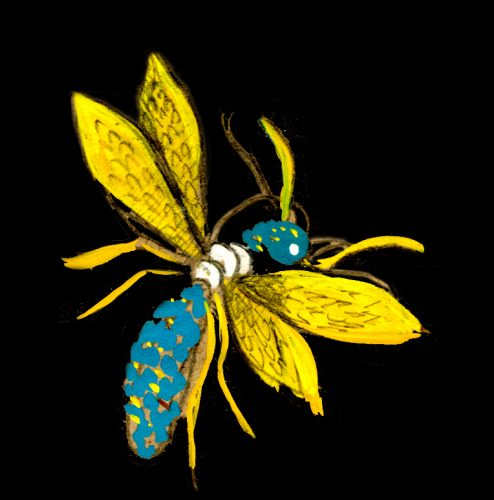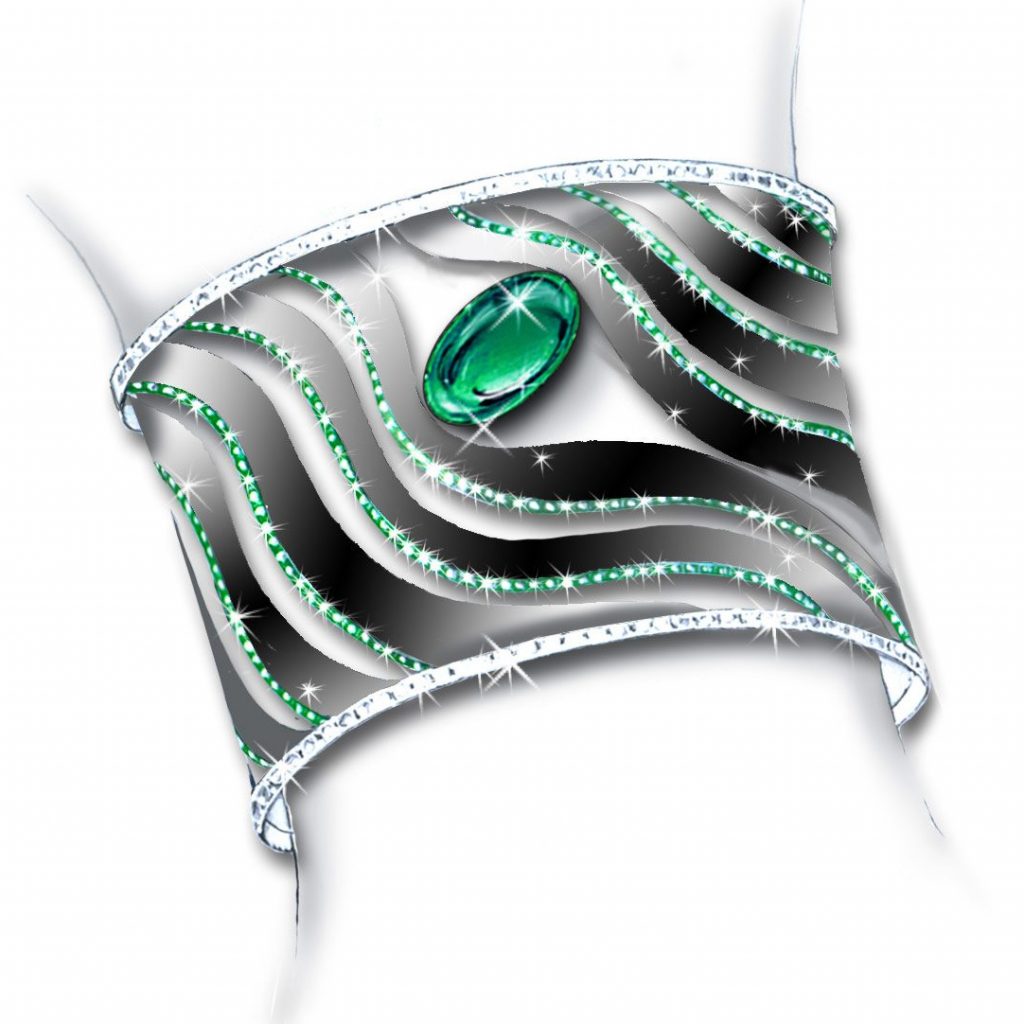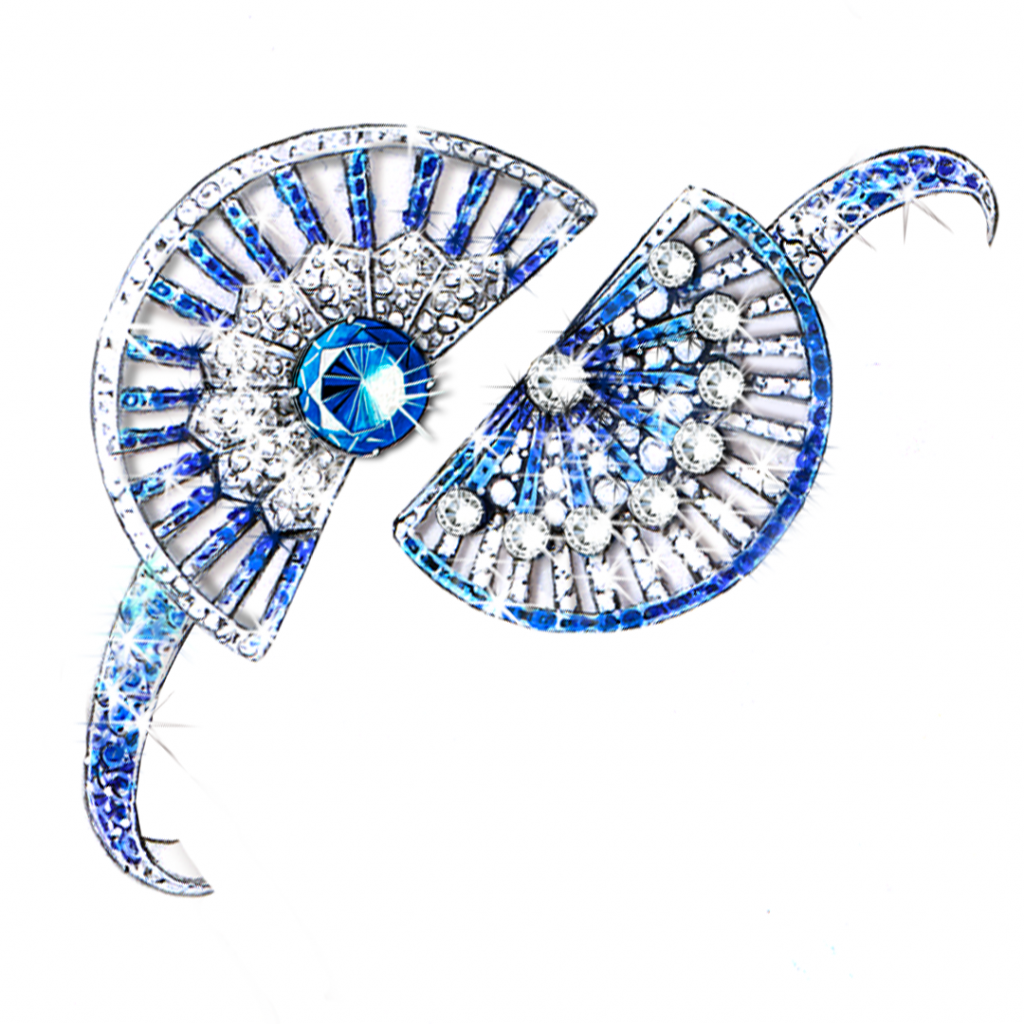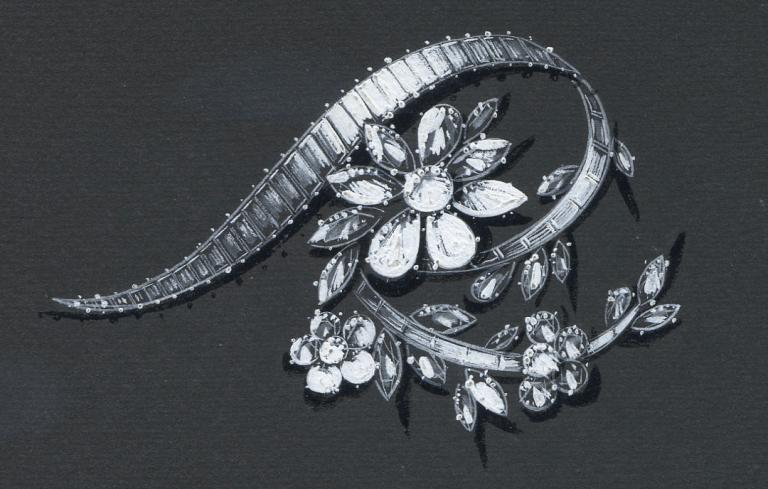Our history


Every great project is born from a dream and Aurelio Balistreri's suitcase, a young Neapolitan artist, was full of them when, in the early post-war years, he moved to Rome to put his talent in the visual arts to good use by starting to design jewels.
The passion for his art overwhelmed him at all hours of the day. Every new idea, for him, had the urgency to be realized and his volcanic creativity translated into sketches that he drew on every piece of paper that he could find in his hands: a napkin, a bus ticket, a bread bag. .


Aurelio Balistreri loved art, nature and beauty in all its forms. He used classical canons, always projecting them into something original, avant-garde, creating works of absolute modernity.


It was the 1950s and his precious drawings were immediately appreciated, so much so that they were soon published in the most important magazines of the time such as the Herald Goldsmith and the Goldsmith Valencian. It was at that time that he began to work with the Valencian goldsmith companies, recognized as the most prestigious in the sector.


His sketches stood out more and more for their beauty and harmony of shapes, so much so that he began to create unique pieces for historical jewelers in Rome such as Petochi, in Piazza di Spagna, and Massoni, in Via Condotti.
Its fame, over the years, grew together with an inexhaustible demand for high jewelery products. It is the period of the "Dolce Vita" and its name, together with its inimitable designs, were also appreciated in the world of international high society.
Also in the early sixties, driven by enthusiasm and solicited by the most important customers, Aurelio made the decision to start making the jewels he designed, making use of the collaboration of the most skilled Italian goldsmith masters.
There were also many experiences and contaminations in the field of visual arts that led him to compete in the production of unique pieces signed by contemporary artists such as Afro, Capogrossi, Ceroli, Franchina, Mastroianni and Pomodoro made for the famous Roman jewelers Fumanti and Masenza. .
At the end of the 1970s, in Geneva, the meeting took place between Aurelio Balistreri and the Adler family, owners of the homonymous maison, founded in 1886 in Geneva and famous throughout the world for its high jewelery creations. This collaboration soon gave rise to an explosion of magnificent works, fruit of the common passion for the goldsmith's art and for the taste for beauty.


The synergy between Balistreri and Adler grew more and more with the passing of the years and the bond between the two families has never been interrupted. Even today the thread that unites the two symbols of international high jewelery is very strong.
Since then, until the early 2000s, Francesca and Federica have worked alongside Aurelio, creating and creating jewels that are now imprinted in the history of great Italian jewelery.






In 2003 Aurelio Balistreri passed away, leaving behind an immense patrimony of drawings, projects and above all artistic visions; a creative path that the daughters have continued to follow, thus succeeding in renewing her original dream without distorting it.

